Planner+Reinforcement Learning: Best of both worlds
May 29, 2023
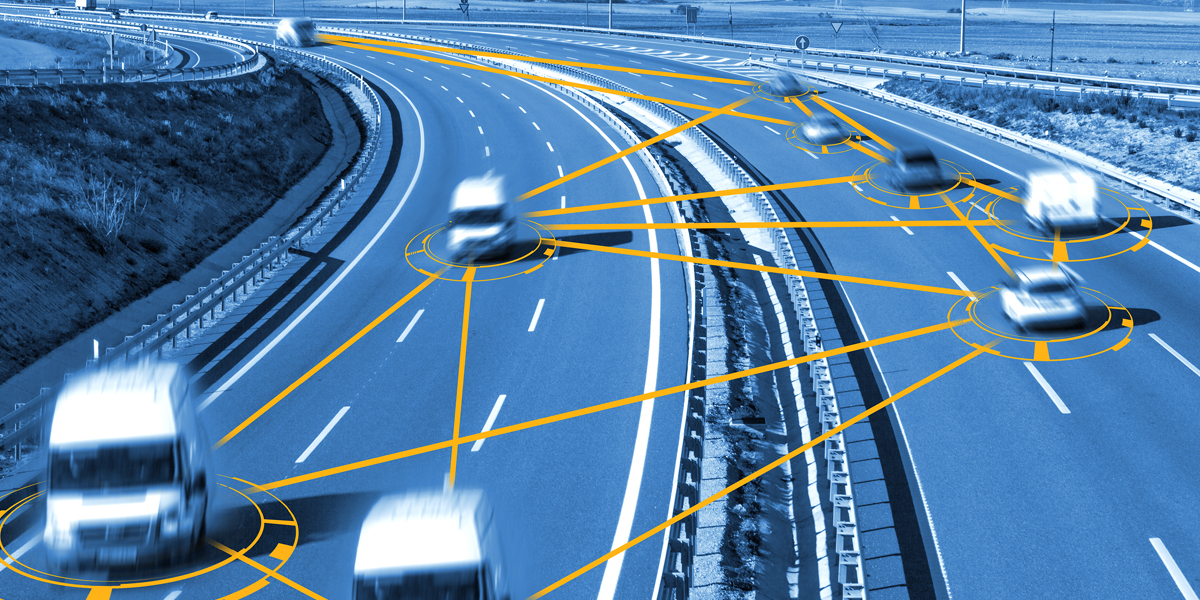
Planner+Reinforcement Learning: Best of both worlds
If we have to drive from one place to another, we first think about the major route we will undertake and then while driving on the same route we worry about the small turns we need to take, the speed limit we need to follow etc. These two levels of thinking, i.e. high-level planning and low-level execution is hierarchical thinking. As humans we think in a hierarchical manner- we first figure out the major outlines and then work on the nitty-gritty of a task or process.
2 min read

Probing patterning in microbial consortia with a cellular automaton for spatial organisation
Some of us like hills and others are fond of beaches. Microbes are no different! Some love fresh air and so stay outside, the more shy ones feel comfier inside, some don’t mind any location as long as their favourite pals are with them and others don’t thrive close to their enemies. This affinity of different microbes for different positions and locations can be seen in any environment they choose to inhabit—be it the human gut, soil aggregates or waste.
3 min read

An Early Warning System for Earthquake
On 26th January 2001, when the whole country was celebrating our 52nd Republic day, a piece of devastating news shook the entire nation. A massive earthquake measuring 7.7 on Richter’s scale hit the state of Gujarat killing 30 thousand people and destroying 4 lakh homes in Gujarat in just 2 minutes. Although the epicentre of this earthquake was the Kutch region, it demolished 40% of homes, eight schools, two hospitals and numerous other significant buildings in the Bhuj.
2 min read

Towards Personalized Cancer treatment
As per the National Cancer Registry Programme Report 2022, over 13 lakhs people in India suffer from cancer each year making India rank third nation-wise in the number of cancer cases across the world. The figures are not good globally as well! As per the WHO, cancer is a leading cause of death worldwide and accounted for nearly one in six deaths in the year 2020. The disease not only torments the patient but is physically, emotionally and financially draining for the family as well.
2 min read

A strategy to make networks more resilient to attacks
We live in a highly connected world! World Wide Web, social networks, brain networks, Railway networks, Power Distribution networks etc. are all examples of connections or say networks. All these networks can be pictorially represented as a collection of connected objects. Varied it may seem but all these networks have two common entities: nodes and edges. Here, a node is an object and an edge is a line that links objects together.
3 min read

DailyDialog++ and DEB: A new dataset and new metric to make the evaluation of chatbots and dialogue systems better
How are you feeling today? Good, Great, fine, bad, worst, bored? Either way, you are feeling, you will agree that there is no one right answer to that question and many other millions of questions where multiple answers are correct. While you, as a human, would understand that for some questions there is no single right answer, it’s difficult to teach this to machines! This is one of the problems AI researchers are struggling with today, especially in the chatbot and virtual assistant space.
2 min read
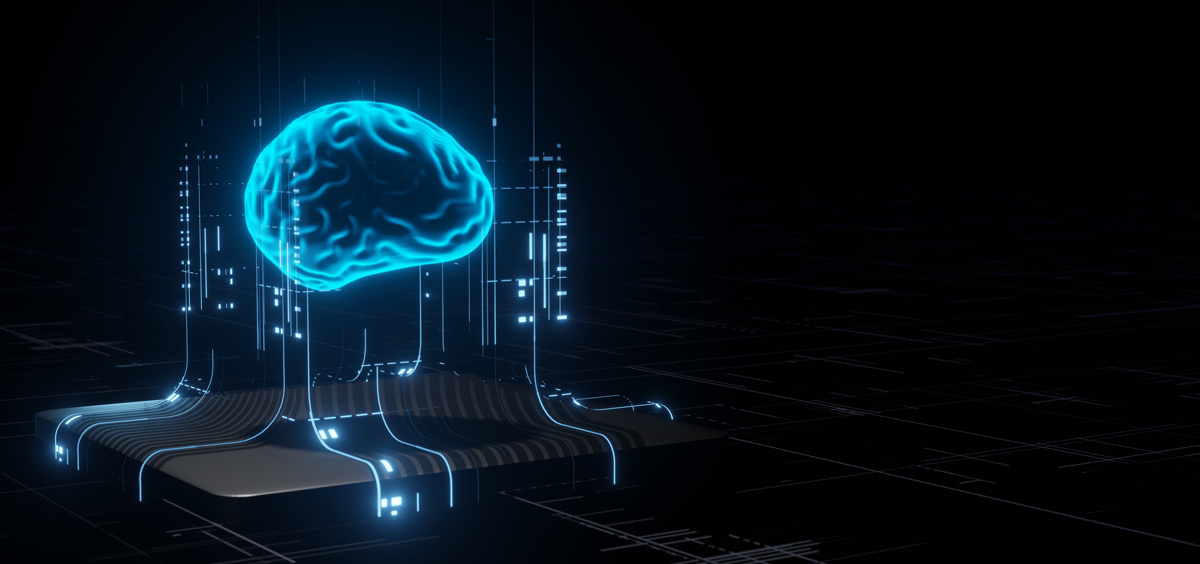
Accurate and Interpretable AI models: Towards Deployable AI
A self-driving car bumps into a lamppost. A doctor prescribes the wrong treatment to a patient based on an AI-based diagnostic tool. A missile is misfired by an AI-based defense system. An unfair decision provided by a banking chatbot leads to loss of customers.
The above examples are probably sufficient to explain why there is a need to tread carefully while deploying AI-based solutions in the real world. While wrong predictions made by recommendation systems in domains like retail might be inexpensive, such predictions in domains like healthcare, self-driving vehicles, banking or defense can cause hefty monetary losses or even loss of lives.
3 min read
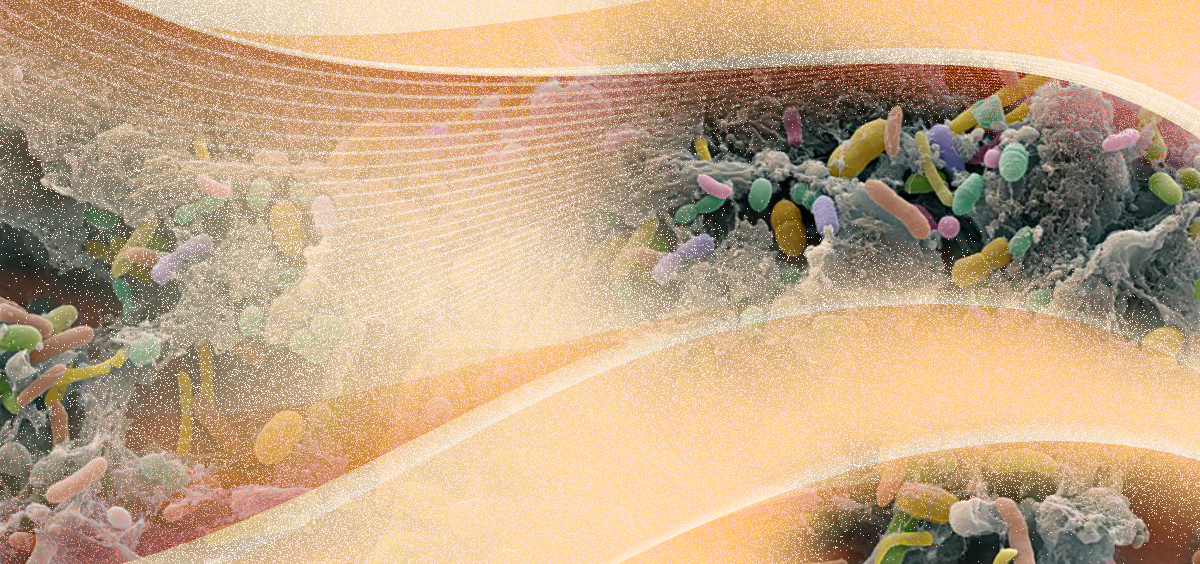
CAMP: The perfect bacterial matchmaker
Lovers, enemies, friends aren’t the relationships confined to human or animal societies. Tiny beings like bacteria also react to different bacteria in their vicinity, and their growth and survival depend on the kind of relationship they have with the other bacteria residing near them. Two or more types of bacteria living together constitute a microbial community, and in such a community, division of labor occurs which help in the overall growth of community, efficient production of products or teams up to get rid of chemicals which are harmful to the growth of the community.
2 min read
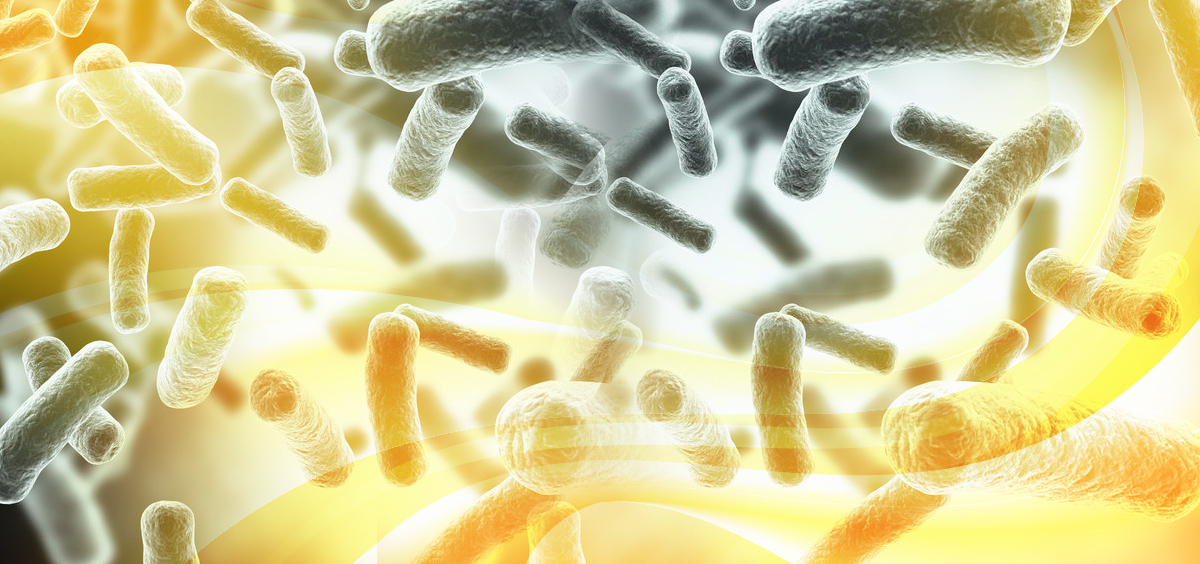
It takes two to tango — making bio-production more economical
As the world decides to tread on a sustainable path, a more eco-friendly alternative for each and every industrial process is being looked upon. One of the environmentally harmful processes is the production of chemicals through traditional means. Biotechnology offers to remedy this problem by producing chemicals through microbial means, which does not end in creating hazardous byproducts. Despite this advantage, bioproduction hasn’t truly taken off yet due to the poor yield of products obtained through this process.
2 min read

A new model that solves the charging woes of Electric vehicles
As nations race to meet their sustainable goals, the need to shift from fuel-based vehicles to electric vehicles has become more certain. Electric vehicles promise a cleaner and greener future as they don’t release pollutants. Apart from that, electric cars are also more economical to use making them pocket-friendly. Although these advantages make electric vehicles attractive for consumers, yet they are not in demand. This is because they have a short driving range requiring frequent trips to charging stations which is an inconvenience.
3 min read
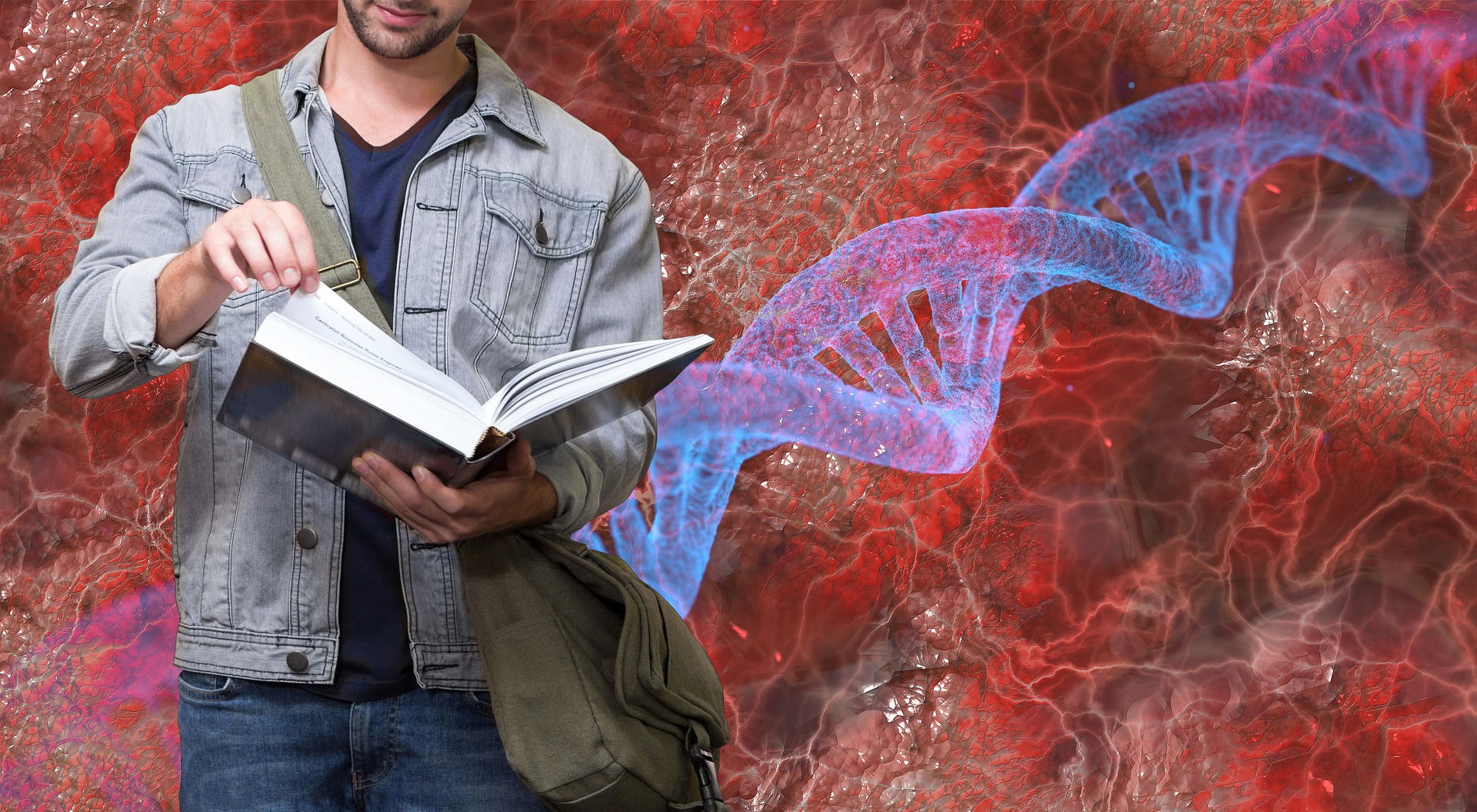
Learning systems biology, the computational way
The 90s was an interesting time for biology research as researchers shifted from reductionist to a systems approach for studying and understanding biological systems. A decade later, high-throughput technologies revolutionized the field of systems biology by generating heaps of data. Thanks to these technologies, the state of thousands of genes, proteins, chemicals or metabolites at a given time-point, or in response to any stimuli, can be captured now. However, generating insights from this humongous amount of data was like looking for a needle in a haystack.
2 min read
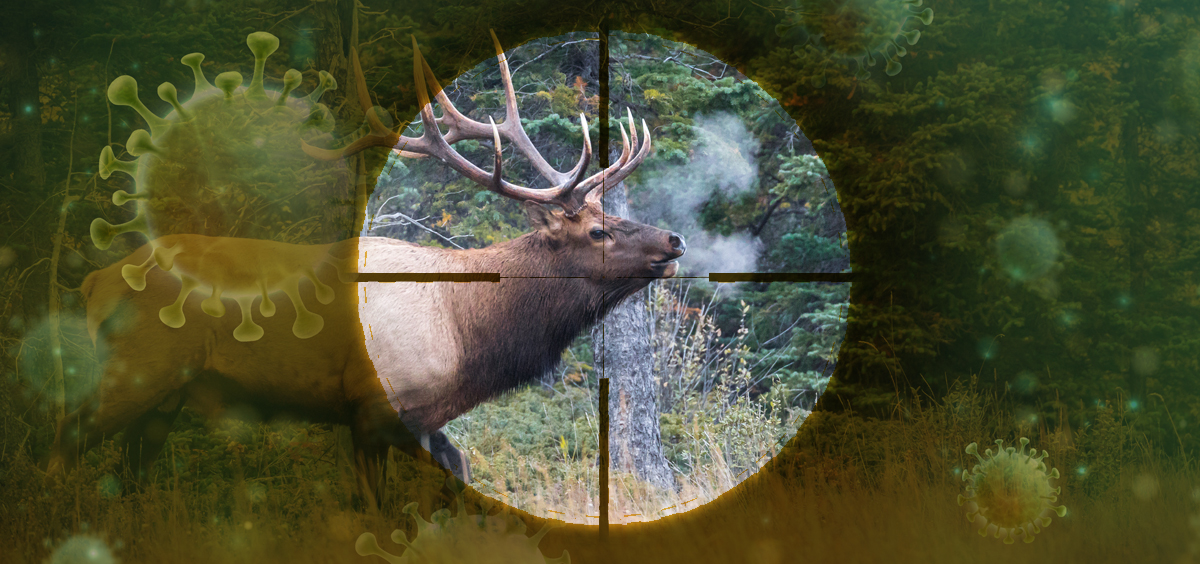
CombSGPO: A new algorithm to protect wildlife
Poaching and illegal smuggling of wildlife have remained a cause of concern for wildlife authorities. As per the World Wide Fund for Nature (WWF), Wildlife trade poses the second-biggest direct threat to the survival of species after habitat destruction. As per the study conducted by TRAFFIC, a leading wildlife trade monitoring networking of the World Wide Fund for Nature (WWF), around 1,11,312 individual tortoises or freshwater turtles (11,000 a year) have been illegally traded across India since 2009.
3 min read
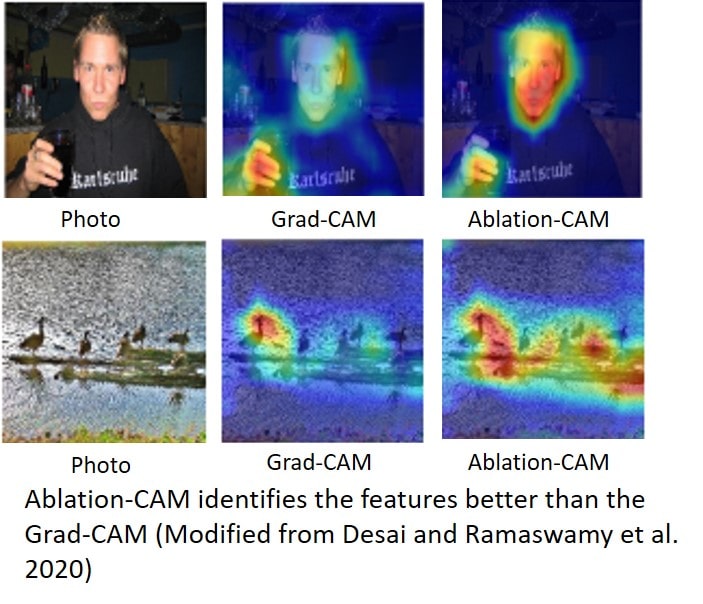
Ablation-CAM: Making AI trustworthy
As machine learning is set to change every aspect of our life, a key dilemma plagues the minds of researchers and its users- Can we trust machines to make key life decisions for us? Can we rely solely on the machine to drive us safely to the destination without knowing the basis of its function or shall we allow a machine to operate us instead of a doctor?
4 min read
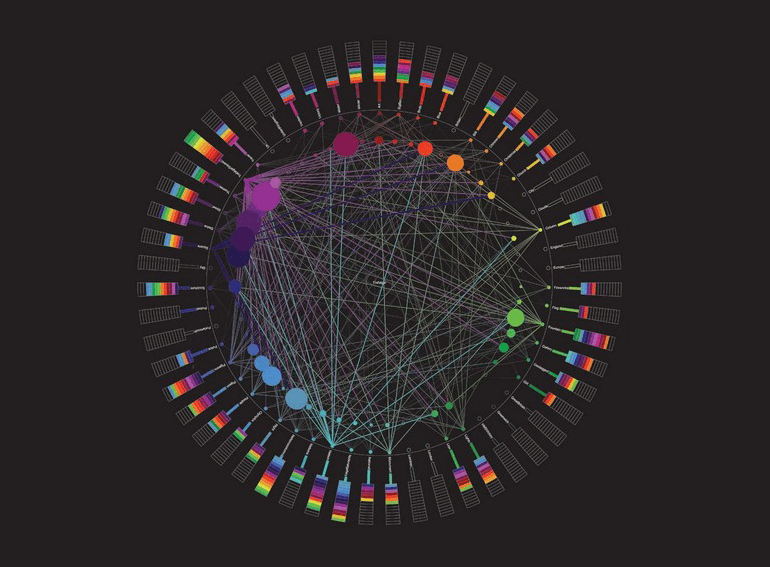
Predicting Essential Genes through Network Approach: Deciphering basis of Life
A classic challenge in biology is to study the function of proteins. Of various functions, essential functions are very interesting, as they map to important indispensable genes in an organism. Experimentally identifying these genes is rather expensive and challenging. Computational predictions can help point in the right direction, to prioritise experiments. To date, experimental data are available for <100 organisms! On the other hand, sequencing data are available for 1000s of organisms, as also interactome (networks of interactions) data.
4 min read
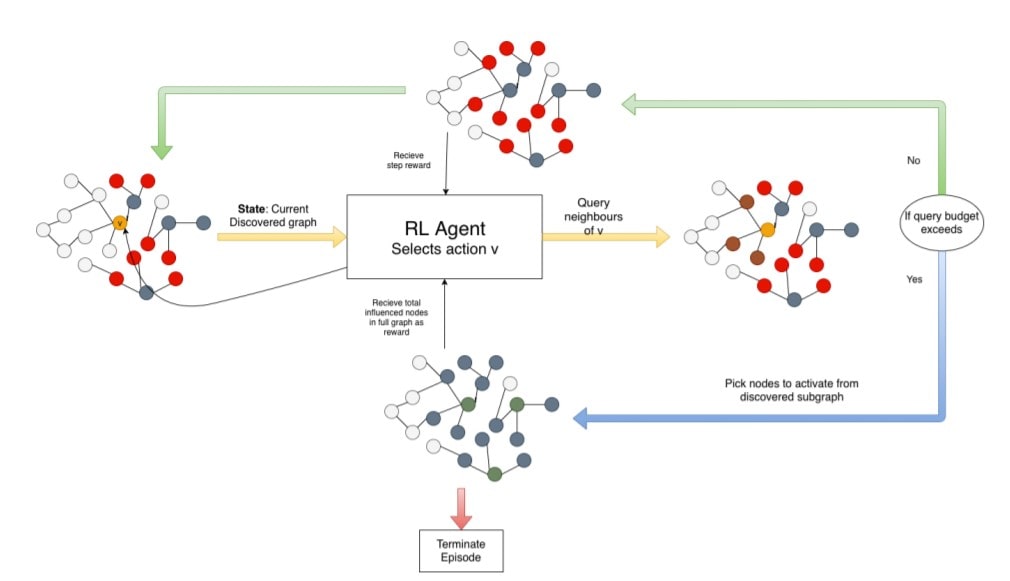
Finding Influencers in Social Networks: Reinforcement Learning Shows the Way
Social Network Analysis has given us many tools to effectively manage information dissemination in a social group, study growth and dynamics in such groups, etc. But one of the key challenges when studying social groups of underprivileged or socially marginalized groups is the recovery of the underlying social network itself. This study proposes a machine learning approach for learning to effectively allocate a limited budget to discover the network.
5 min read